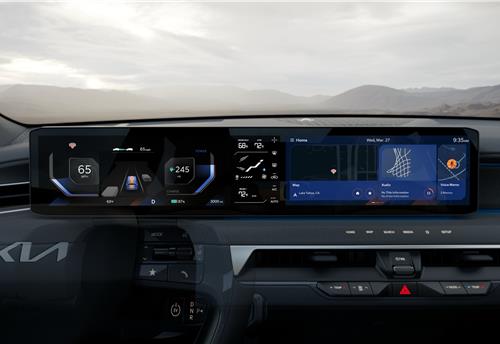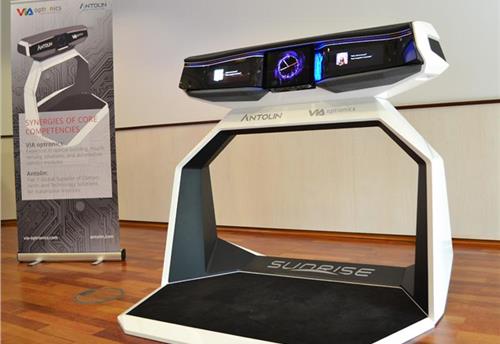Alta Devices’s glass-free solar panel to feature in World Solar Challenge race
For the first time, Bridgestone World Solar Challenge (BWSC) race will see the debut of thin-film gallium arsenide-based solar technology from Alta Device that will be installed on Stanford’s solar race car.
This year, at the Bridgestone World Solar Challenge (BWSC) race, the solar car from Stanford will feature Alta Devices’s solar technology. These solar panels are flexible and glass-free, built to deliver high levels of power while enabling low-cost manufacturing. Alta Devices, a California-based technology company with expertise in mobile power technology claims to hold several records in energy conversion efficiency.
Jian Ding, Alta Devices CEO said, “For solar to be realistic for the broad auto market, it must be flexible enough to conform to the surfaces of innovative vehicle designs, maintain high efficiency even in the hottest weather conditions, and be manufacturable at scale.”
To date, solar technology used on solar race cars, luxury cars or concept vehicles has typically been silicon solar or specialised solar developed for space applications. Silicon solar panels, while low-cost, is very brittle, which makes it difficult to handle and integrate into curved automotive surfaces. Silicon has relatively low energy conversion efficiency compared with other materials, making it harder to generate the desired amount of power from the limited area of a car roof. Moreover, silicon solar panels quickly become warm during operation and loses efficiency as temperatures rise. Overall, this results in less vehicle range or available power per day. Space solar cells are high efficiency, but like silicon, very brittle and don’t manage heat well. In addition, the traditional complex and time-consuming manufacturing process makes them very expensive.
Alta Devices says its thin-film gallium arsenide solar technology is a newer technology relative to silicon and space solar. It is said to be flexible, lightweight, highly efficient, and has structural properties that allow it to run much cooler. The company claims that it can also be produced at mass-market scale.
Bridgestone World Solar Challenge (BWSC) is over 30 years old and is held every two years in Australia. The race that covers over 30,000km from Darwin to Adelaide consists of over 50 teams from high schools and colleges.
As per reports, the 2019 SSCP (Stanford Solar Car Project) solar car, called ‘Black Mamba’ has a new sleek and the Stanford team built a custom oven to cure the large shell composites in. The car is the 14th solar car that the Stanford team has designed and this year’s design is asymmetrical with a single aerodynamic shell covering the body.
RELATED ARTICLES
Marelli Talbros Chassis Systems wins Rs 1,000 crore business from European OEM
The order, to be executed over an eight-year period, is for the supply suspension arms tailored for both conventional in...
Kia launches customised NBA display themes for North American market
Display Themes is a customised service that supports a personalised vehicle experience, allowing users to customise the ...
Antolin and VIA Optronics unveil versatile vehicle cockpit concept
The Sunrise vehicle concept cockpit, which is engineered for seamless transitions between manual and autonomous driving ...





 By Autocar Pro News Desk
By Autocar Pro News Desk
 04 Oct 2019
04 Oct 2019
 13006 Views
13006 Views









